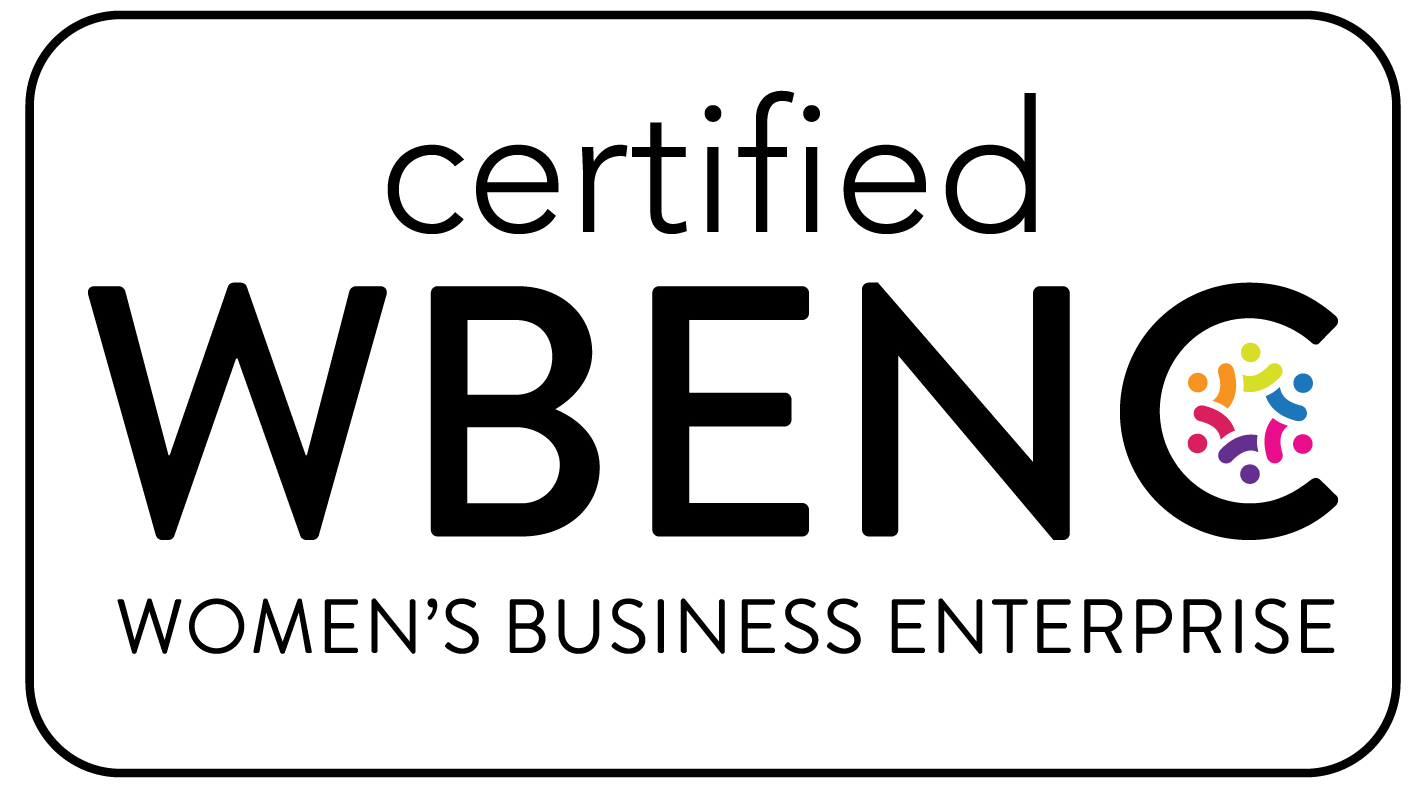Superficial Much? Beauty Bias Can Harm Your Organization
By
Krista Pouncy-Dyson
Founder of DiversityEmployed.com
Published August 15, 2021 at 3:00 p.m.
Beauty bias is our tendency to favor, positively stereotype, and hire individuals who are perceived as conventionally attractive.
A 2016 study in the journal of Behavioral and Brain Sciences summarized the workplace impacts created by this bias: “Physically attractive individuals are more likely to be interviewed for jobs and hired, they are more likely to advance rapidly in their careers through frequent promotions, and they earn higher wages than unattractive individuals.”
Beauty may be subjective. But in the West, “attractiveness” is shrouded in whiteness. This prompts beauty bias to further privilege and protect white individuals while sharpening existing racial inequalities and injustices in and outside the workforce.

Don't let attractiveness block you from seeing intelligence or competence.
Here are some examples of comments or thoughts that can signal beauty bias:
- ”They are so attractive! This job seems to be beneath them. They would be better suited for a higher-up position.”
- ”They don’t ‘look the part.’ Maybe we should consider someone else.”
- ”Their hair was a deal killer for me.”
In and outside the workforce, beauty bias bars us from all of the benefits embedded in diversity while simultaneously letting superficial aspects of an individual, like appearance, detrimentally factor into our decisions.
Are you ready to combat beauty bias in your workplace? Try these steps.
- Be Aware: Appearance-based discrimination may take the form of bias regarding weight, choice of clothing, or tattoos.
- Ask Questions. Question Others: Don’t be a bystander, says Attorney, speaker, author and consultant Kelly Charles-Collins. “Your job is not to be the hero. You don’t have to swoop in and save the whole thing,” she told Forbes. “Employees can stand up by connecting with each other, by creating distractions, by calling for help.”
- Get Educated: Learn about the dangers of hiring based on looks. Aside from color, physical appearance is not considered a protected class by the Equal Employment Opportunity Commission. But hiring a candidate based on appearance could be seen as an example of workplace discrimination.
- Take Action! "Recruiters who present only 'good-looking' candidates, or make judgments based on whether or not someone is good-looking, shouldn't be in business," said Linda Ferrante, vice president of operations at recruiting firm RFT Search Group, in an interview with the Society for Human Resource Management. "If they can't see past the physical beauty of the candidate, how can a company be certain the recruiter is working to solve their problems and recruit the best candidates?"
Krista Pouncy-Dyson is the founder of DiversityEmployed.com and managing principal for Performance First Digital, a marketing agency in New Orleans. You can connect with the author on LinkedIn.
Culture vs. Conformity
Help Employees Show Up Authentically
A company culture is problematic when minority employees must communicate inauthentically within teams. Learn more about the difference between promoting company culture and promoting conformity.
Imposter Syndrome
Marginalized Populations Are At Higher Risk
Do you ever feel like you’re a fraud? Over 70% of people report experiencing imposter syndrome at some point. Women and people of color account for the most impacted. Don’t believe everything you think.

